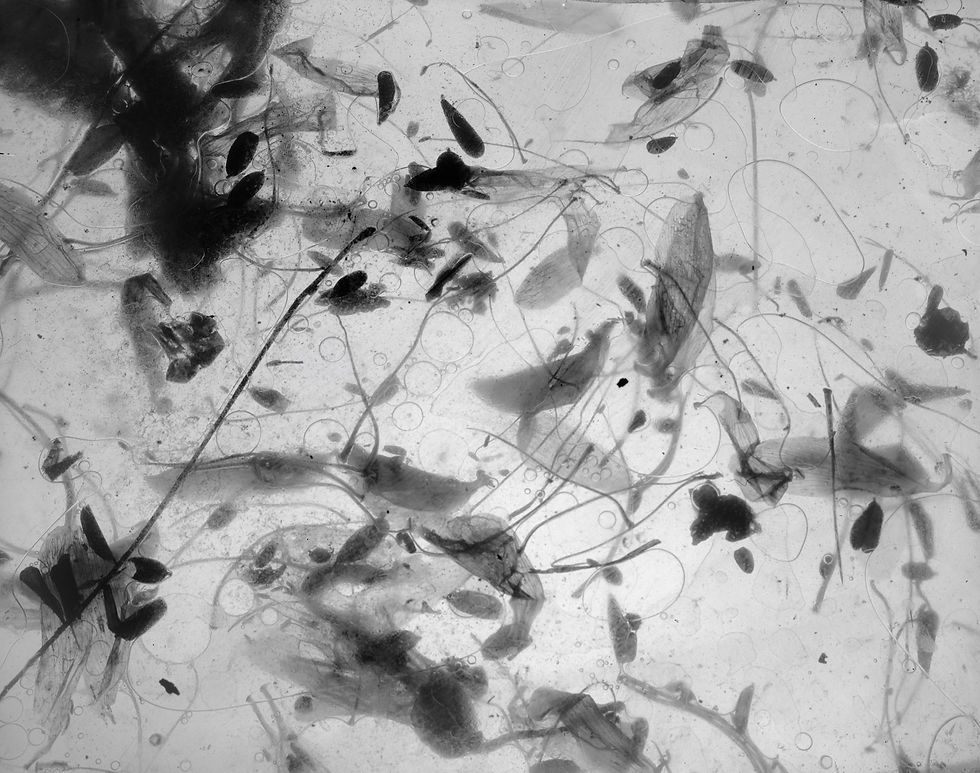Physical Tangibility
Exploration ongoing; unexhibited.
Tangibility is an exploration of the unseen and the overlooked; the latent processes and qualities that make up the landscape. These investigations seek to challenge the viewer's perspective on the landscape and to question the value of the land in our lives today.
The works are process driven, and seek to give agency and voice to the land that is so often a passive entity within photography. Far from seeking a fabrication however, Tangibility uses processes and techniques to illuminate the systems that physically occupy spaces around us, often by extending the photographic plane as a sculptural element in the landscape. The works attempt to trace the intangible systems that underpin our visual experience of the land using photography's dimensions: time and light.
Tangibility was conceived looking at how the quality of light is connected to the qualities of the leaves and trees that form the shadows. The whole forest, and the whole landscape, are both one interconnected whole. Throughout the entire space, there is constantly variable light. The light rays occupy the space, even if we cannot see them before they intersect with an object. Being a photographer working in large format film and darkroom technology, it was a natural extension to try to capture and explore this perception by capturing the light itself.
This body of work sits within New Zealand art’s ongoing dialogue with the landscape.
Our physical world exists increasingly in parallel with multiple simultaneous digital worlds. The works focus on the land within this context, allowing the processes of the land to project into spaces they would not normally occupy. This raises the idea of a virtual component to the landscape, which is often seen as simply scenic and passive.












